Flowing through the Danube capital's history
The Danube, Europe's longest river, flows through ten countries, shaping history and culture along its banks
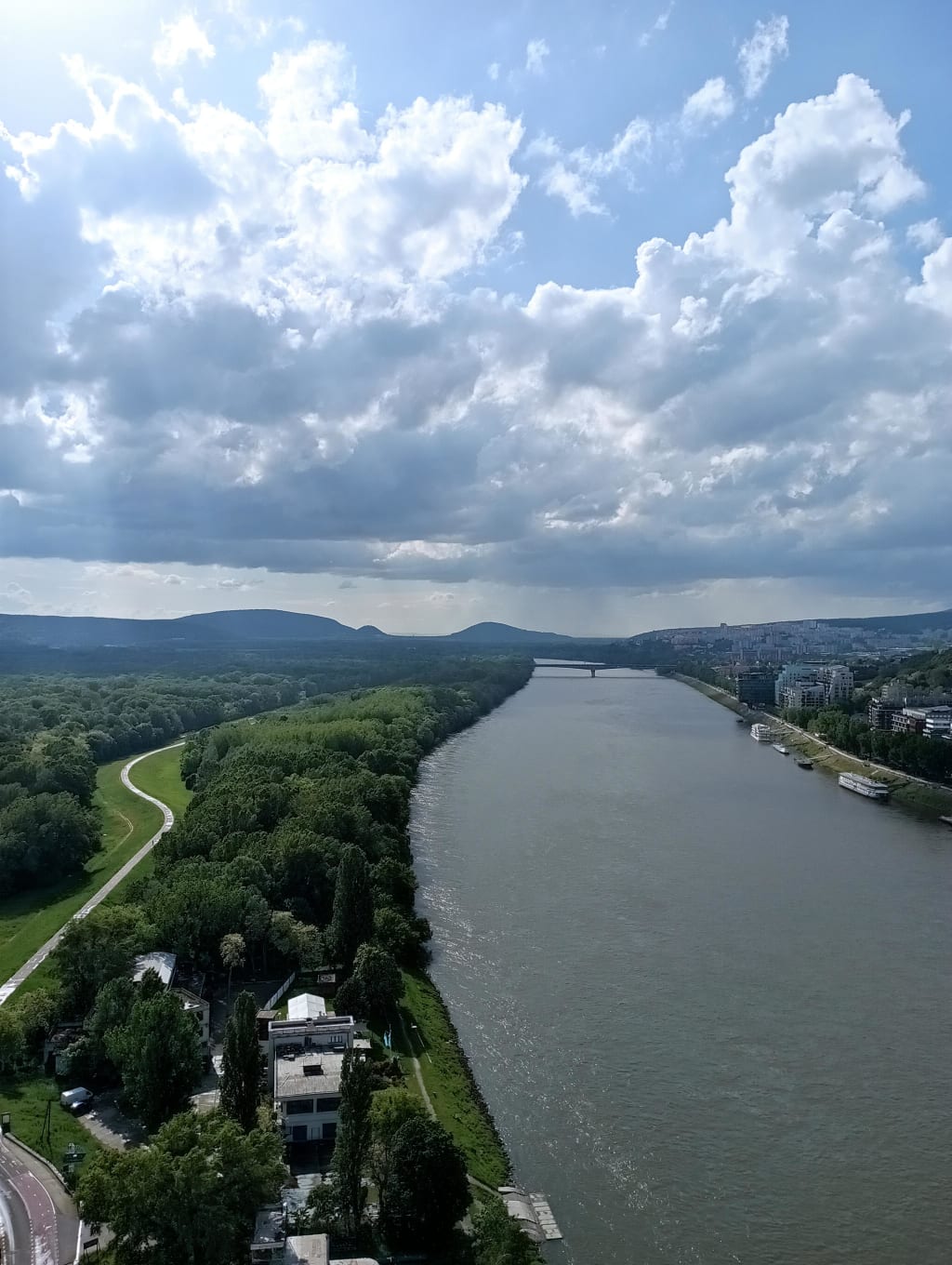
The journey I have been waiting for the last 4 months. Few things can push me going trough fatigue like the idea of the next travel. This time the desire was stronger, as I felt I need to go by myself. Out of my comfort zone.
I know for many it would not be a big deal to pack up and roam in central Europe for a week or so, but this journey I ideated has been special for me since it allowed me to merge in another thing that gets me going, my passion for history. How? I finally had time to listen to history podcasts, and the topics have been spacing from the Austro-Hungarian Empire, which ruled in the territory I was about to visit, to first and second world war. Reading is great too, but you either look at the landscape either look at the book.
The best way you can enjoy the travel to places that you never visited and that you already know something about is to get there by train. This way you can see by yourself the towns and places you know a a thing or two about. In the end of April I took advantage of the Italian bank holidays to escape 9-5 job and decided to finally make a rail trip through 3 capital cities along the Danube River. Unwind and dream, following the flow of the biggest river itself.
So I hopped on the first train close to midnight in south of Italy, to be able to be in Austria by the next noon. A couple of train changes, with quick smokes within. One of the best train routes you can take is arguably passing through the Alps, with its beautiful mountains and lush vegetation.
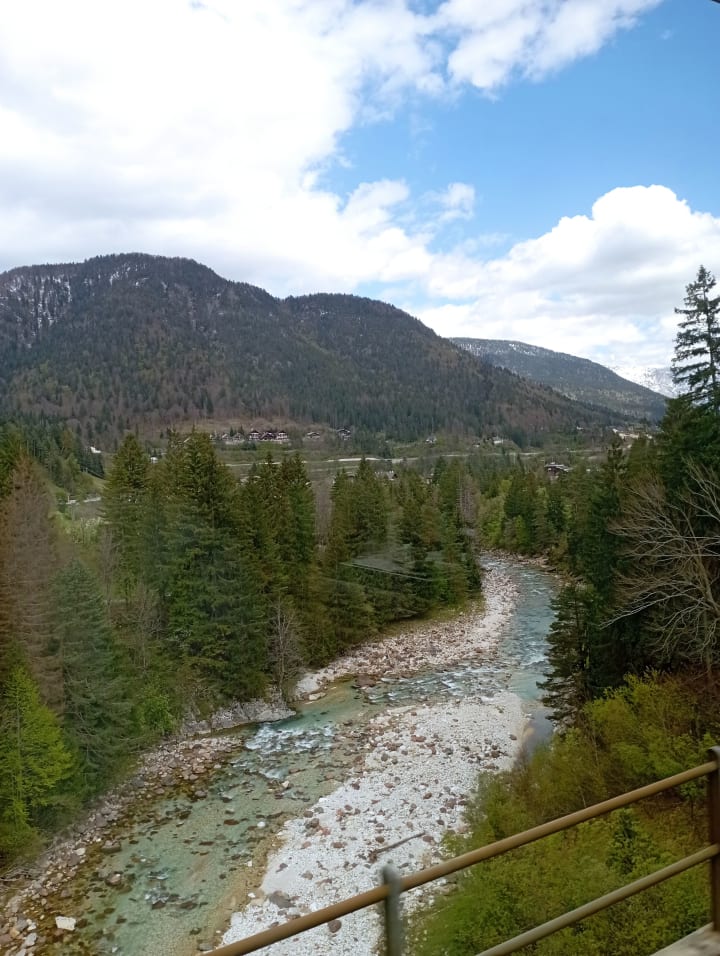
By now I started feeling the sense of freedom and joy doing something I planned and dreamt about for so long. The first stop has been in a little jewel Austrian town called Villach, where I stayed in a beautiful located pension by one of the many lakes in the area.
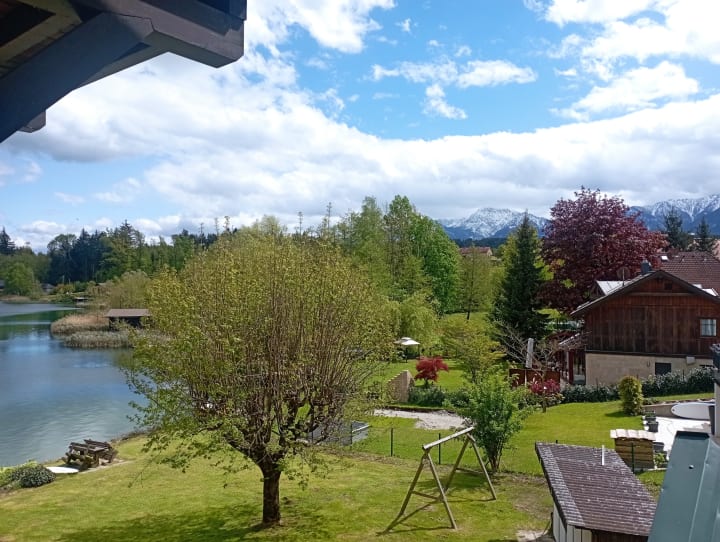
I felt recharged by the good night sleep and I felt up for the challenge of walking to visit the nearby castle. The walk up there took about an hour through green roads, and breathing was so refreshing. I made it to the Castle of Landskron where I was up for the first surprise of the journey. I did not expect to find monkey's zoo in the Alps. Since the target was another, I continued climbing on the hill with the castle, where I took a couple of high view shots and directed my sight at the Mountains outline thinking: "behind them there is my country". Feels good to be on the other side.
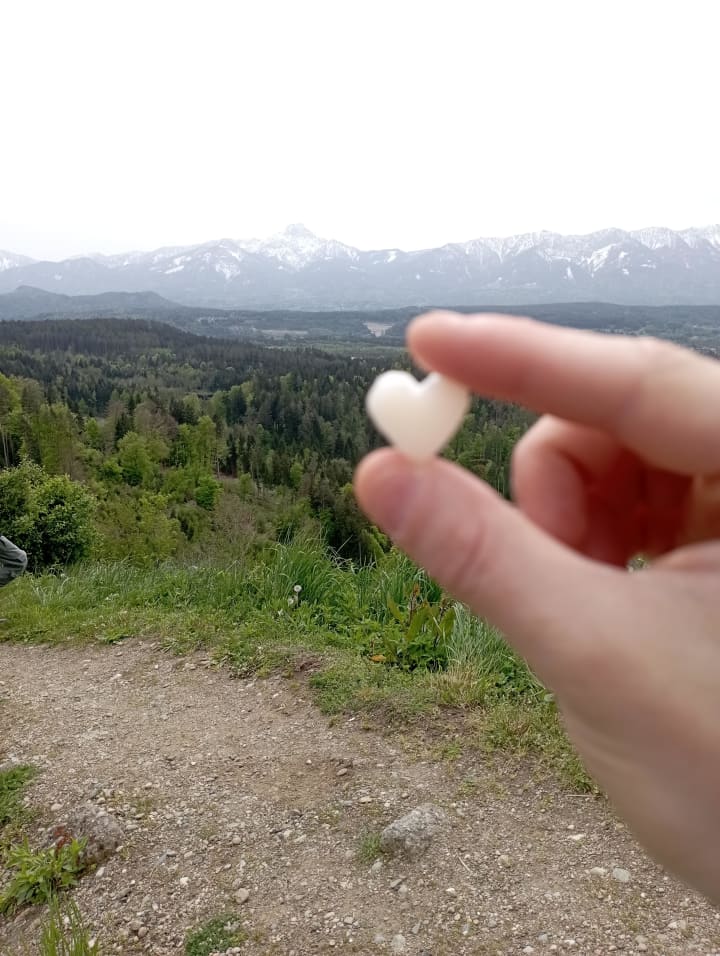
Next day, was time to continue my journey. Next: Vienna. It was a very pleasing 4 hours transfer in a almost empty train, rolling with an audio lesson about the second siege of Vienna by the Ottoman Empire in 1683. As I was getting close to Wien I could get a view of the plains south east from where the Turks army approached. I could imagine it and felt respect for the city that withstand that event.
I made it to Vienna, and with some hours of light left I decided to go visit of a lesser famous but relevant historical landmark. I went to the Anti-Air defensive Flak towers in Augarten, which Nazi regime built in 1941 to defend from Allied bombings. Change of historic period, but impressive structure I assure. Only a couple of these were built in the Reich: in Berlin, Amburg and Munchen, and each of them could host up to 18 thousand people.
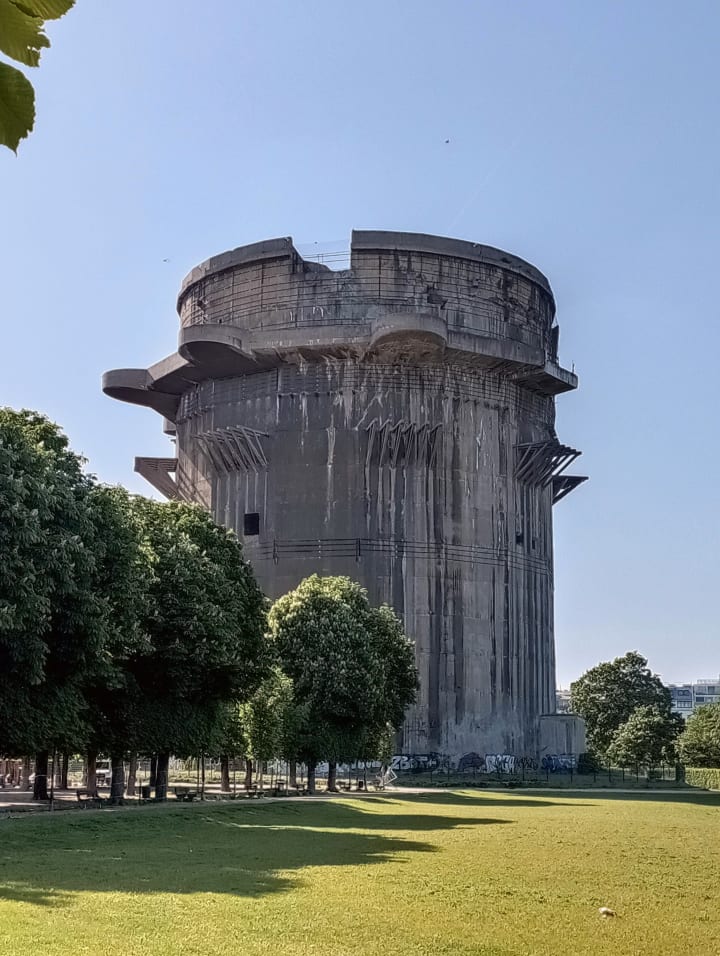
After a good old traditional austrian schnitzel I was done for the day, knowing next day I would walk much more to enjoy Vienna's most emblematic imperial palaces.
Starting from Karlsplats, checked Karlskirch, and continued on the Ringstrasse to see the historical museum, the Hofburg, the former Habsburg imperial palace, Albertina Museum and Saint Stephen Cathedral. It is impressive to see how much legacy the Empire left in Wien, and in such close distance from each other. It still blends in perfectly with a vibrant city like Vienna. I finished the day in the most royal way I could think of, going to the classical music concert in Musikverein: the golden hall built in 1870 by King Franz Joseph.
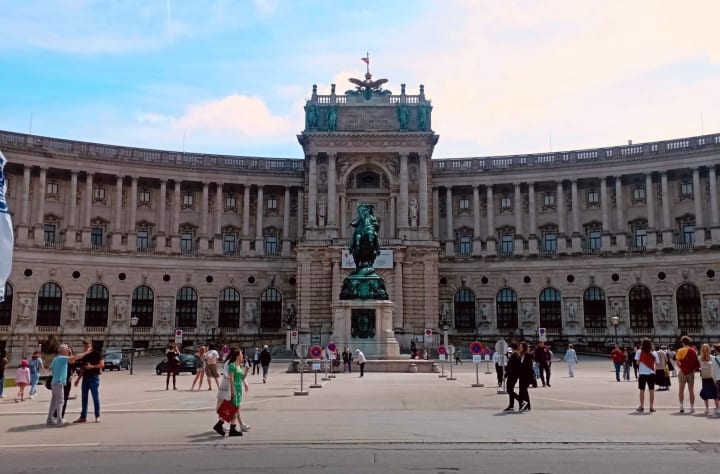
On the next day, May started. The best may be yet to come indeed.
Early in the fresh morning I took a metro ride to yet another fantastic site, the Schonbrunn Schloss. This complex was built in the 18th century by the most famous Empress Maria Therese. It is a stunning baroque lodge and it counts more than 14 hundred rooms, more than I could ever visit in one day, so I opted for walking around the gardens like Princes Sisi used to do and I entertained myself at the grass-walled labyrinths. History can be as well imagines intertwingled, since a dozen of populations and counties were embedded in the Empire by the time this place was built.
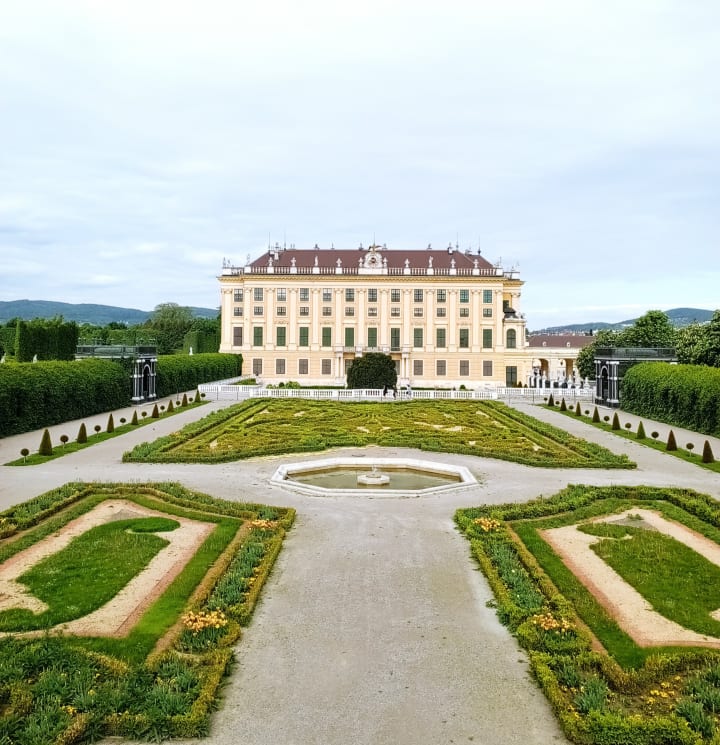
Perhaps I could get a real bird-eye view only by climbing up to the backward hill, where the most relevant piece is located in my opinion, the Gloriette. When I climbed the stairs up and stood on its terrace I could clearly see in north west directions the hills from which King Sobiesky of Poland descended with its tamed Hussar cavalry to finally crush and repulse ottoman siege of 1683. One famous account of the Polish cavalry charge comes from the memoirs of Marco d'Aviano: he described the Polish cavalry as appearing "like a great flood" descending from the hills. I totally imagined it.
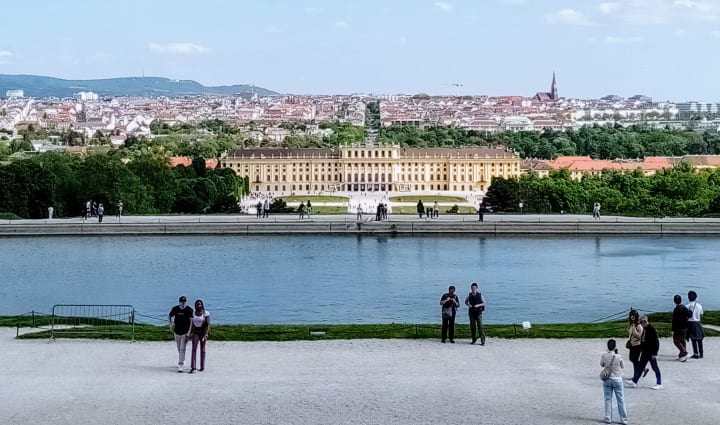
At this moment I was already overwhelmed by the royal beauty and opulence but went all in and headed to Belvedere Schloss, to visit the museum. I was in for another surprise, when amongst many pieces of art like Klimt' famous "The Kiss" and other masterpieces I unexpectedly stumbled upon the most recurrent painting of Napoleon Bonaparte.
I found it surprising because Napoleon was the one that actually dissolved the Holy Roman Empire in 1806 with its capital in Vienna after a thousand year of history, started with Charlemagne in year 800. Nevertheless, he gained much respect to be celebrated here as well.
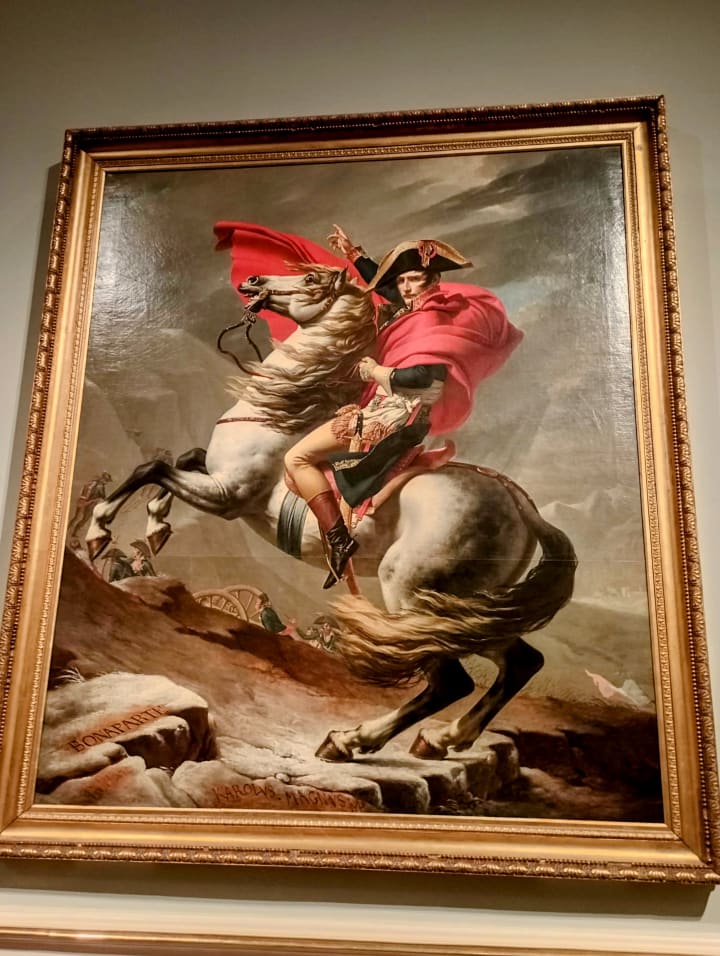
After these intense 3 days in Wien was time to move on the next Capital: Bratislava, about 50 Km east. The next morning I boarded onto the Danube Ferry, and had the most spectacular transfer on the Danube itself, so I could really appreciate its width and understand why the Romans established it as the northern border of the Roman empire. You just can't get a better defensive line than that.
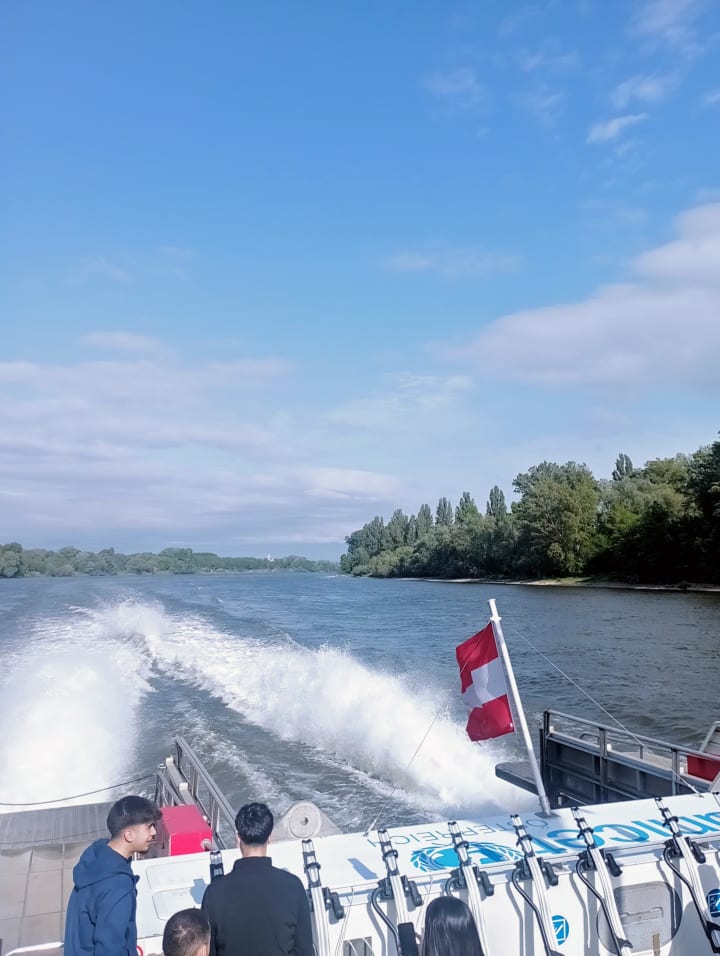
Approaching Bratislava with the boat offers a good view of this city's strategic location and defensive role, with its castle located on top of a hill next to the river. This same castle saw the crowning of 11 Hungarian kings since the 16th centuries and was destroyed in 1809 in the aftermath of the Battle of Pressburg, now fully reconstructed and glorious.
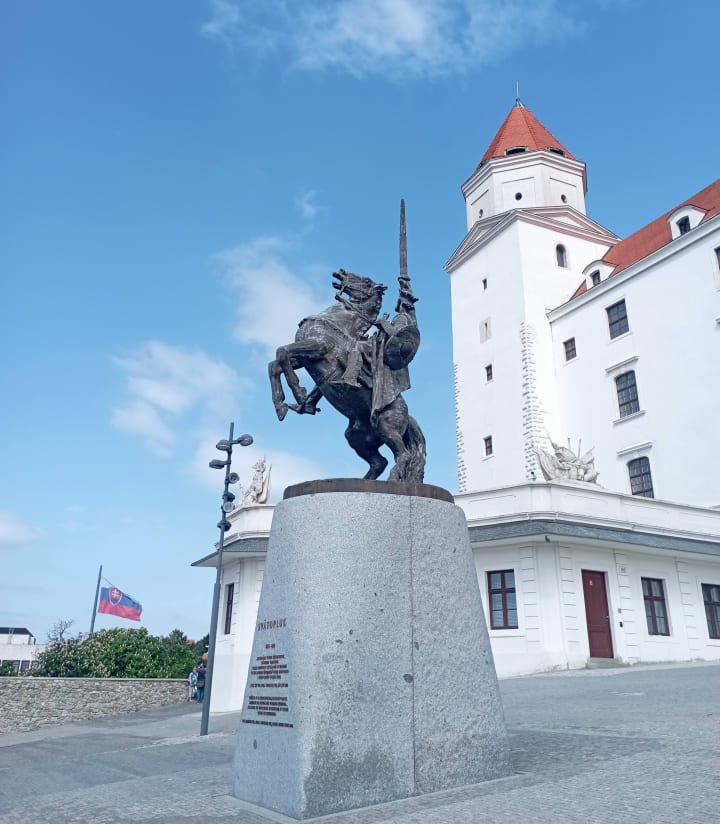
I think this city is underrated, offering very charming medieval streets and historic buildings. Its food is also one of the best thing you can do here though, perfect to fully recharge before moving on the next chapter of history. I mean, travel chapter.
Once again hopping on a train, heading south to Hungary. It was an easy 3 hour transfer along the Danube rail to enter Budapest. I was listening to the Magyar history and nation build up of the 1oth century, when these lands where sparsely populated and the Magyars coming for the far of central Asia found space and opportunity to become one of the most important kingdoms of the middle ages. Budapest has a huge amount of historical spots as well and it was a pleasing surprise. It is not just about fun, there is much more and it is a beautifully rich city. The first day I walked past the Heroes Square to appreciate the bronze statues of the 7 kings and agreed with historians reporting how fearsome Huns and Asian invaders had to be for europeans. Moved into the fairy-like park next to the castle and its massive gate. It was a bit crowded but I could still get a good amount of inspiring historical vibes from this area.
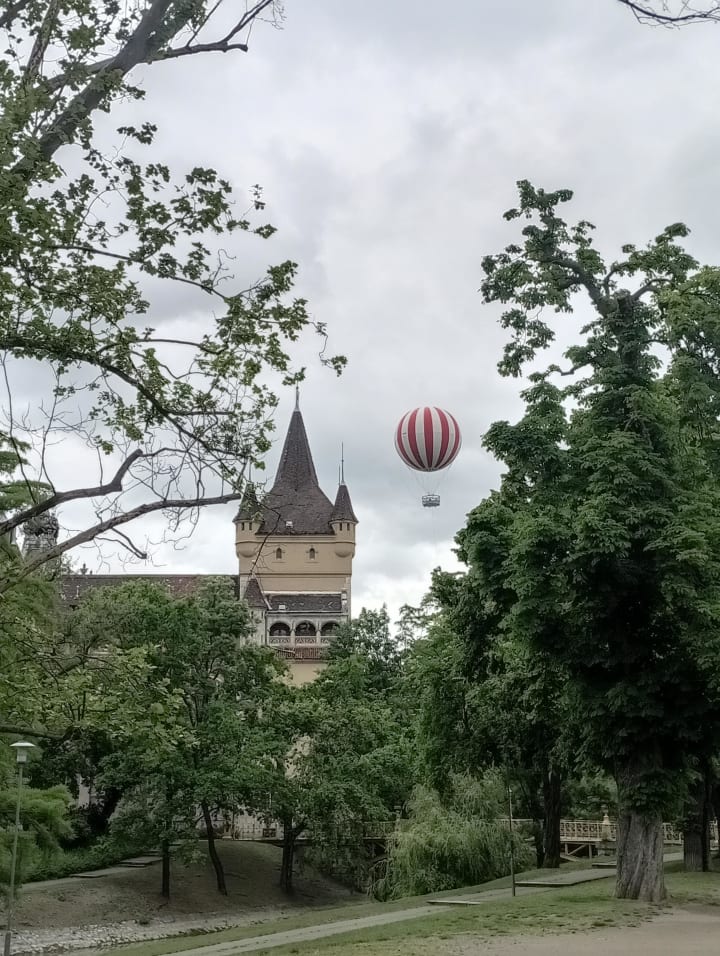
To end in awe I later on headed for sunset view from the Buda Castle, on the other side of the city. I was in for the perfect closing visiting the fortress, Gothic cathedral and a view of the Hungarian Parliament. This fortress was originally built in 13th century to defend against Mongol invasions, and under Habsburg rule in late 16th century it undertook reconstruction and renovation in baroque style, to the day offering an immersive experience.
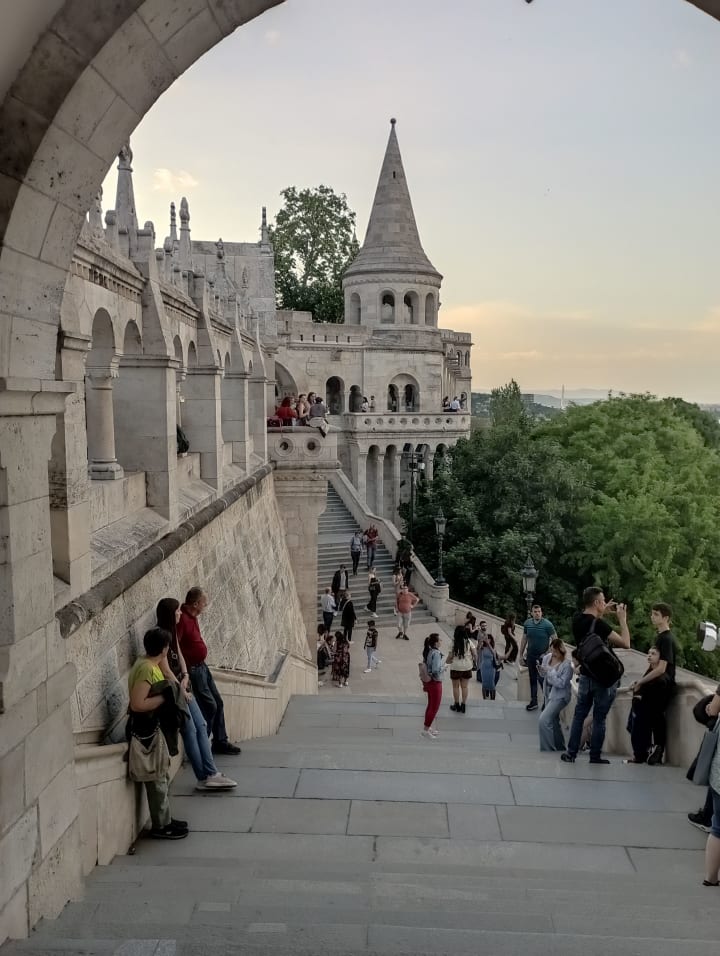
Thank you for reading and see you on the next Timeless Journey.





Comments
There are no comments for this story
Be the first to respond and start the conversation.